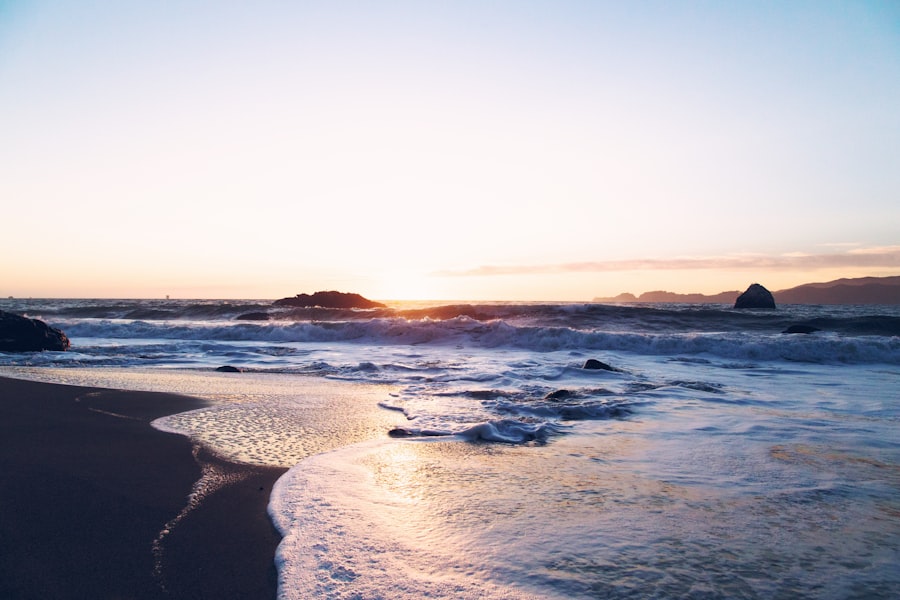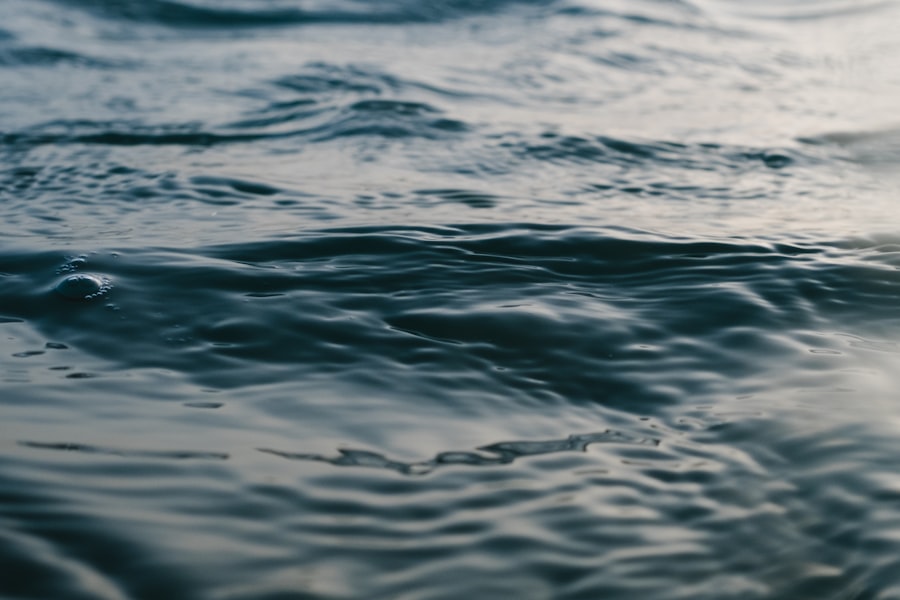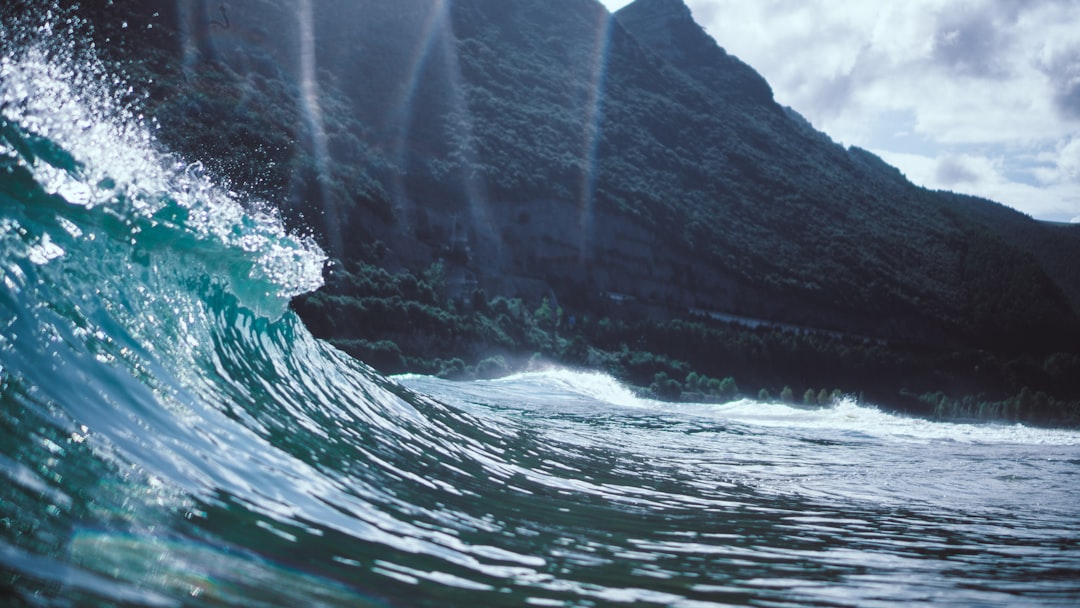The Drake Passage, a body of water located between the southern tip of South America and Antarctica, is renowned for its tumultuous seas and unpredictable weather patterns. This narrow stretch of ocean, measuring approximately 800 kilometers (500 miles) wide, serves as a critical maritime route for vessels traveling to and from the Antarctic region. Named after the English explorer Sir Francis Drake, who navigated these waters in the late 16th century, the passage has since become infamous among sailors and researchers alike for its challenging conditions.
The confluence of the Atlantic and Pacific Oceans creates a unique environment that can lead to some of the most formidable wave heights on the planet. Navigating the Drake Passage is not merely a test of seamanship; it is a rite of passage for many adventurers and scientists alike. The passage is often characterized by its fierce winds, strong currents, and rapidly changing weather, which can transform a calm sea into a chaotic expanse of towering waves in a matter of moments.
For those who dare to traverse these waters, understanding the dynamics of wave heights becomes essential for ensuring safety and successful navigation. As such, the Drake Passage stands as both a gateway to the Antarctic and a formidable challenge for those who seek to explore its depths.
Key Takeaways
- The Drake Passage is a treacherous body of water located between South America’s Cape Horn and the South Shetland Islands of Antarctica.
- Wave heights in the Drake Passage can reach up to 30 feet due to the strong westerly winds and the lack of landmass to break up the waves.
- Factors affecting wave heights in the Drake Passage include wind speed, wind duration, and the distance over which the wind blows.
- Equipment and technology for measuring wave heights in the Drake Passage include wave buoys, satellite altimetry, and ship-based sensors.
- Navigating the Drake Passage in high wave conditions requires careful planning, experience, and adherence to safety precautions to ensure a safe journey.
Understanding Wave Heights
Wave heights are a critical factor in maritime navigation, particularly in regions like the Drake Passage where conditions can shift dramatically. Wave height refers to the vertical distance between the crest of a wave and its trough, and it is typically measured in meters or feet. In the context of the Drake Passage, wave heights can vary significantly, ranging from relatively calm conditions with waves measuring less than one meter to extreme scenarios where waves can exceed ten meters or more.
Understanding wave heights involves not only measuring their physical dimensions but also interpreting their implications for navigation. High wave heights can lead to dangerous conditions that may jeopardize the safety of a vessel and its crew.
For instance, large waves can cause vessels to pitch and roll violently, making it difficult for sailors to maintain control. Additionally, high waves can create hazardous situations such as breaking waves that can capsize smaller vessels or damage larger ships. Therefore, comprehending wave heights is essential for mariners who wish to traverse the Drake Passage safely.
Factors Affecting Wave Heights in the Drake Passage

Several factors contribute to the wave heights experienced in the Drake Passage, making it a complex environment for navigation. One of the primary influences is wind speed and direction. The passage is notorious for its strong winds, which can reach speeds of over 100 kilometers per hour (62 miles per hour).
These winds generate waves by transferring energy to the water’s surface, leading to increased wave heights. The direction of the wind also plays a crucial role; when winds blow directly against ocean currents, they can create steep and chaotic waves. Another significant factor affecting wave heights is ocean currents.
The confluence of the Atlantic and Pacific Oceans creates powerful currents that flow through the Drake Passage. The Antarctic Circumpolar Current, in particular, is one of the strongest ocean currents in the world and contributes to the formation of large waves. When this current interacts with opposing winds or other currents, it can amplify wave heights dramatically.
Additionally, local topography and underwater features can influence wave behavior, leading to variations in height and intensity across different areas of the passage.
Equipment and Technology for Measuring Wave Heights
| Equipment | Technology | Wave Height Measurement |
|---|---|---|
| Buoys | Pressure sensors | Direct measurement of wave height |
| Wave radar | Microwave radar | Remote sensing of wave height |
| Wave staff | Visual observation | Manual measurement of wave height |
Accurate measurement of wave heights in the Drake Passage is essential for safe navigation and scientific research. Various technologies have been developed to monitor and analyze wave conditions in real-time. One common method involves using buoys equipped with sensors that measure wave height, period, and direction.
These buoys are strategically placed throughout the passage to provide continuous data on wave conditions, allowing mariners to make informed decisions based on current information. In addition to buoys, satellite technology has revolutionized the way wave heights are monitored. Satellites equipped with radar altimeters can measure wave heights over vast areas of ocean, providing valuable data that can be used for forecasting and navigation.
This technology allows researchers and navigators to access real-time information about wave conditions across the entire Drake Passage, enhancing safety and efficiency for vessels operating in these challenging waters.
Historical Data on Wave Heights in the Drake Passage
Historical data on wave heights in the Drake Passage reveals a pattern of variability that reflects the region’s dynamic nature. Over the years, numerous studies have been conducted to analyze wave height trends and their implications for navigation. Research indicates that while average wave heights tend to fluctuate seasonally, extreme events can occur at any time of year due to sudden changes in weather patterns or ocean currents.
Data collected from various sources, including buoys and satellite observations, has shown that significant wave heights often exceed five meters during storm events. These extreme conditions are typically associated with strong low-pressure systems that pass through the region, generating powerful winds and turbulent seas. Understanding this historical data is crucial for mariners planning voyages through the Drake Passage, as it provides insights into potential risks and helps inform navigational strategies.
Impact of Wave Heights on Navigating the Drake Passage

The impact of wave heights on navigating the Drake Passage cannot be overstated. High waves pose significant risks to vessels, affecting their stability, maneuverability, and overall safety. For larger ships, extreme wave heights can lead to dangerous rolling motions that may compromise cargo stability or even cause structural damage.
Smaller vessels are particularly vulnerable; they may be easily overwhelmed by large waves, leading to capsizing or other catastrophic incidents. Moreover, high wave conditions can hinder visibility and create hazardous situations for navigation. Waves crashing against a vessel can obscure sightlines and make it difficult for crew members to assess their surroundings accurately.
This lack of visibility can complicate decision-making processes during critical moments when quick responses are necessary. As such, understanding wave heights is essential not only for ensuring safe passage but also for maintaining situational awareness while navigating through this treacherous region.
Strategies for Navigating the Drake Passage in High Wave Conditions
Navigating the Drake Passage during high wave conditions requires careful planning and strategic decision-making. One effective strategy involves timing departures based on weather forecasts and anticipated wave heights. Mariners often consult meteorological data to identify windows of opportunity when conditions may be more favorable for crossing the passage.
By choosing optimal times for departure, vessels can minimize exposure to extreme weather events. Another important strategy is adjusting course and speed based on real-time observations of wave conditions. Experienced captains may choose to alter their routes slightly to avoid areas known for particularly high waves or dangerous currents.
Additionally, reducing speed during turbulent conditions can help maintain control over a vessel and reduce the risk of damage from large waves.
Safety Precautions for Navigating the Drake Passage
Safety precautions are paramount when navigating the Drake Passage due to its unpredictable nature and potential hazards associated with high wave conditions. One fundamental precaution involves ensuring that all safety equipment is readily available and functional before embarking on a journey through these waters. Life jackets, emergency beacons, flares, and first aid kits should be easily accessible to crew members in case of emergencies.
Additionally, crew training plays a vital role in enhancing safety during navigation in high wave conditions. Regular drills should be conducted to familiarize crew members with emergency procedures and ensure they are prepared to respond effectively if faced with challenging situations at sea. Communication protocols should also be established to facilitate coordination among crew members during turbulent conditions, allowing for quick decision-making and effective responses when necessary.
Expert Tips for Handling High Wave Conditions in the Drake Passage
Experts recommend several tips for handling high wave conditions while navigating the Drake Passage effectively. One key piece of advice is to maintain a steady course while avoiding sudden maneuvers that could destabilize a vessel during turbulent seas. Gradual adjustments allow for better control over a ship’s movements and reduce the risk of capsizing or losing cargo stability.
Another important tip is to keep an eye on weather updates throughout the journey. Conditions can change rapidly in the Drake Passage; therefore, staying informed about approaching storms or shifts in wind patterns is crucial for making timely decisions regarding navigation strategies. Additionally, experienced mariners often advise maintaining an open line of communication with other vessels operating in the area; sharing information about current conditions can enhance overall safety for all navigators traversing these challenging waters.
Case Studies of Navigating the Drake Passage in Different Wave Heights
Numerous case studies illustrate the challenges faced by vessels navigating through varying wave heights in the Drake Passage. One notable example involved a research vessel conducting scientific studies during a particularly stormy season when significant wave heights reached upwards of eight meters. The crew had meticulously planned their route based on historical data but found themselves caught off guard by rapidly changing weather patterns that led to unexpected turbulence.
In another instance, a cruise ship encountered severe weather while crossing the passage during peak tourist season. Despite having access to advanced weather forecasting technology, sudden shifts in wind direction resulted in towering waves that caused significant discomfort among passengers and crew alike. The captain’s experience proved invaluable as he implemented strategies learned from previous voyages through high-wave conditions, ultimately ensuring safe passage despite challenging circumstances.
Navigating the Drake Passage with Wave Heights in Mind
Navigating the Drake Passage presents both opportunities and challenges for mariners seeking adventure or scientific exploration in one of Earth’s most dynamic marine environments. Understanding wave heights is crucial for ensuring safe passage through these treacherous waters; it informs decision-making processes related to timing departures, adjusting courses, and implementing safety precautions. As technology continues to advance, so too does our ability to monitor and predict wave conditions accurately within this region.
By leveraging historical data alongside real-time observations from buoys and satellites, mariners can enhance their understanding of potential risks associated with high waves while navigating through this iconic passageway. Ultimately, successful navigation through the Drake Passage hinges on preparation, knowledge, and adaptability—qualities that define skilled mariners who dare to traverse its unpredictable waters while keeping wave heights firmly in mind.
The Drake Passage, known for its turbulent waters and towering waves, is a subject of fascination for many maritime enthusiasts and researchers. The waves in this region can reach impressive heights, often challenging even the most seasoned sailors. For those interested in learning more about the dynamics of ocean waves and their impact on navigation, a related article on the topic can be found on MyGeoQuest. This article delves into the science behind wave formation and the unique conditions of the Drake Passage. To explore this further, you can visit the article by clicking on this link.
WATCH NOW! Drake Passage: Earth’s Deadliest Waters Revealed
FAQs
What is the Drake Passage?
The Drake Passage is the body of water between the southern tip of South America and the northern tip of the Antarctic Peninsula. It is known for its rough seas and challenging sailing conditions.
How tall can the waves get in the Drake Passage?
Waves in the Drake Passage can reach heights of 30 feet (9 meters) or more during storms. The combination of strong winds and the open expanse of the passage can lead to very large waves.
What causes the high waves in the Drake Passage?
The high waves in the Drake Passage are primarily caused by the strong westerly winds that sweep across the Southern Ocean. These winds can generate large swells that result in high waves in the passage.
Are the waves always that tall in the Drake Passage?
The height of the waves in the Drake Passage can vary depending on the weather conditions. While the passage is known for rough seas, the waves may not always reach extreme heights. However, it is common for the passage to experience rough conditions.
Are there any safety concerns related to the high waves in the Drake Passage?
The high waves in the Drake Passage can pose safety concerns for ships and boats navigating through the area. It is important for vessels to be well-equipped and for crews to be experienced in handling rough seas when traveling through the passage.
